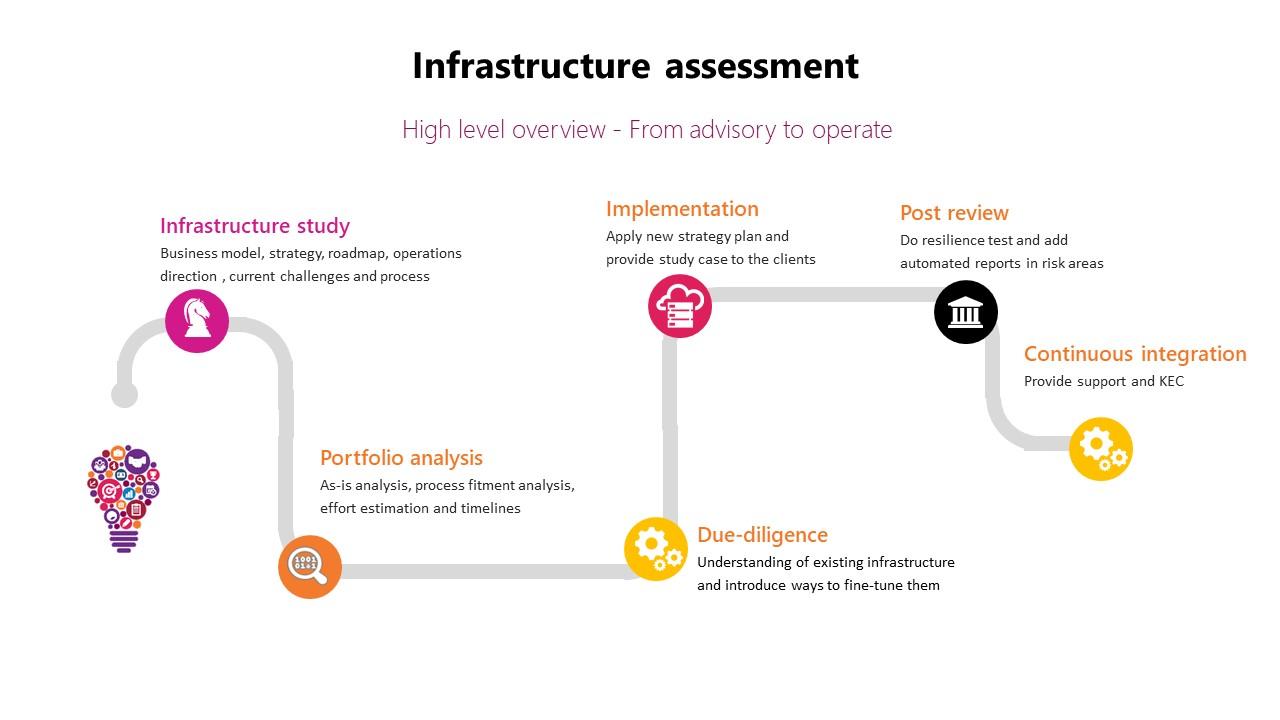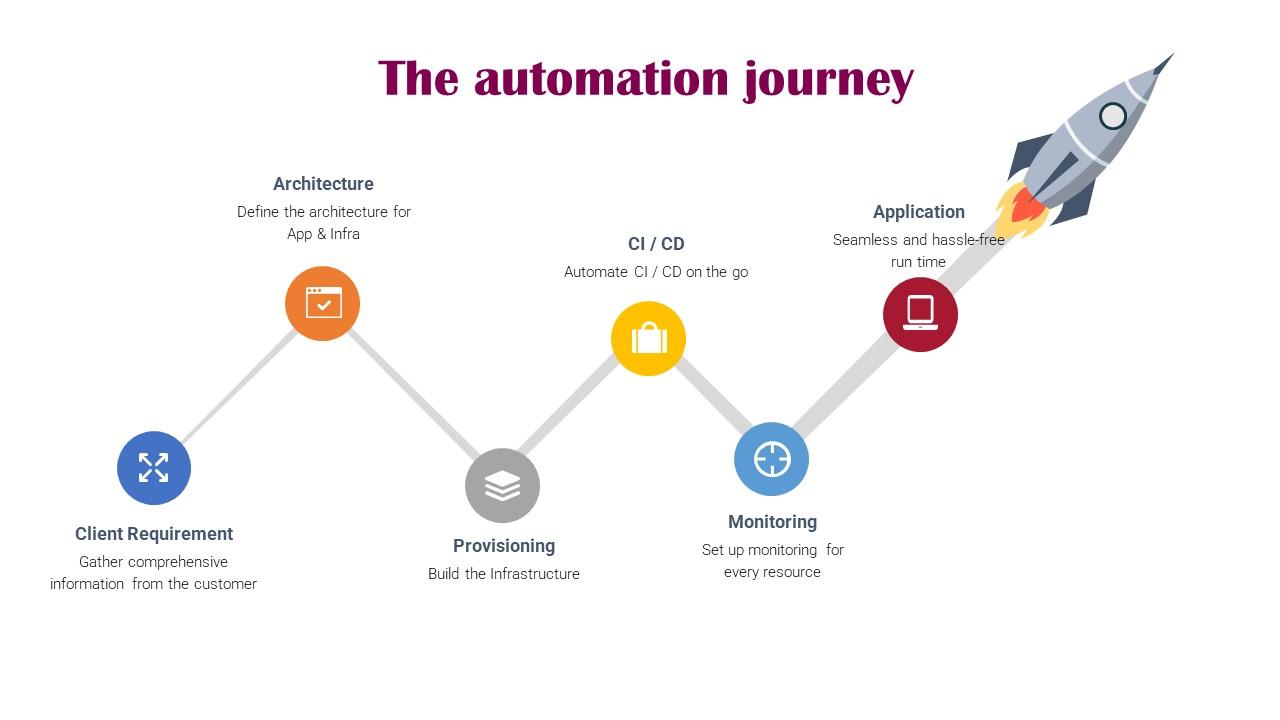Infrastructure automation is a part of DevOps automation that serves to bypass manual provisioning and handling of infrastructure processes. This supports faster iterative updates to applications in production. Applying Infrastructure as Code (IaC) approaches with automation allows IT teams to provide self-service capabilities and deliver preapproved resources and configurations with limited manual intervention.
Infrastructure automation enables faster time to market, reduced maintenance, and immutable infrastructure:
Benefits of infrastructure automation include:
- Reducing human error: Automation eliminates vulnerabilities typically associated with human error during manual provisioning. By reducing manual efforts, IT teams focus on core development and innovation rather than investing efforts on iterative processes.
- Reducing infrastructure complexity: Automation reduces the cost and effort to implement and manage IT infrastructure. By reducing the administrative burden of performing repetitive tasks, operations teams deal with known complexities, a predictive framework that allows operations teams to optimize infrastructure for an enhanced user experience.
- Enhancing workflows: Automation allows for repeatability, predictability, and accuracy when performing IT provisioning tasks. Operations teams only need to set the desired conditions for the provisioning of infrastructure, while automation tools execute the tasks needed when the right conditions are met.
- Speeding up delivery and deployment: By autonomously executing repetitive workflows across multiple machines, automation significantly reduces the time taken to configure IT infrastructure. This means teams can develop products faster and reduce the overall time-to-market.
Steps to Infrastructure Automation
The first step in the journey to automation starts with an infrastructure assessment.

The next steps are:
1. Establishing a baseline – Collect gross margin details for six months, team structure and automation efforts so far. Create a POC for any complex activity. Convert all API creation into automation.
A case in point is, a server creation and decommission process which demonstrates end-to-end automation from ticket creation to closure – with zero human interaction. Resource group management and access management are monitored by a customized DSC script, which provides frequent reports to the customer.
2. Establishing opportunity to automate– This includes defining how scripts will be tested and signed off, and the dos and don’ts while deploying to production. SOPs will be re-written to include automation and metrics are put in place to measure impact on reliability, and effort reduction.
Finally, the plan is put into action.

If you have an infrastructure automation requirement, fill up the contact form and a D4 technical advisor will get back soon.











